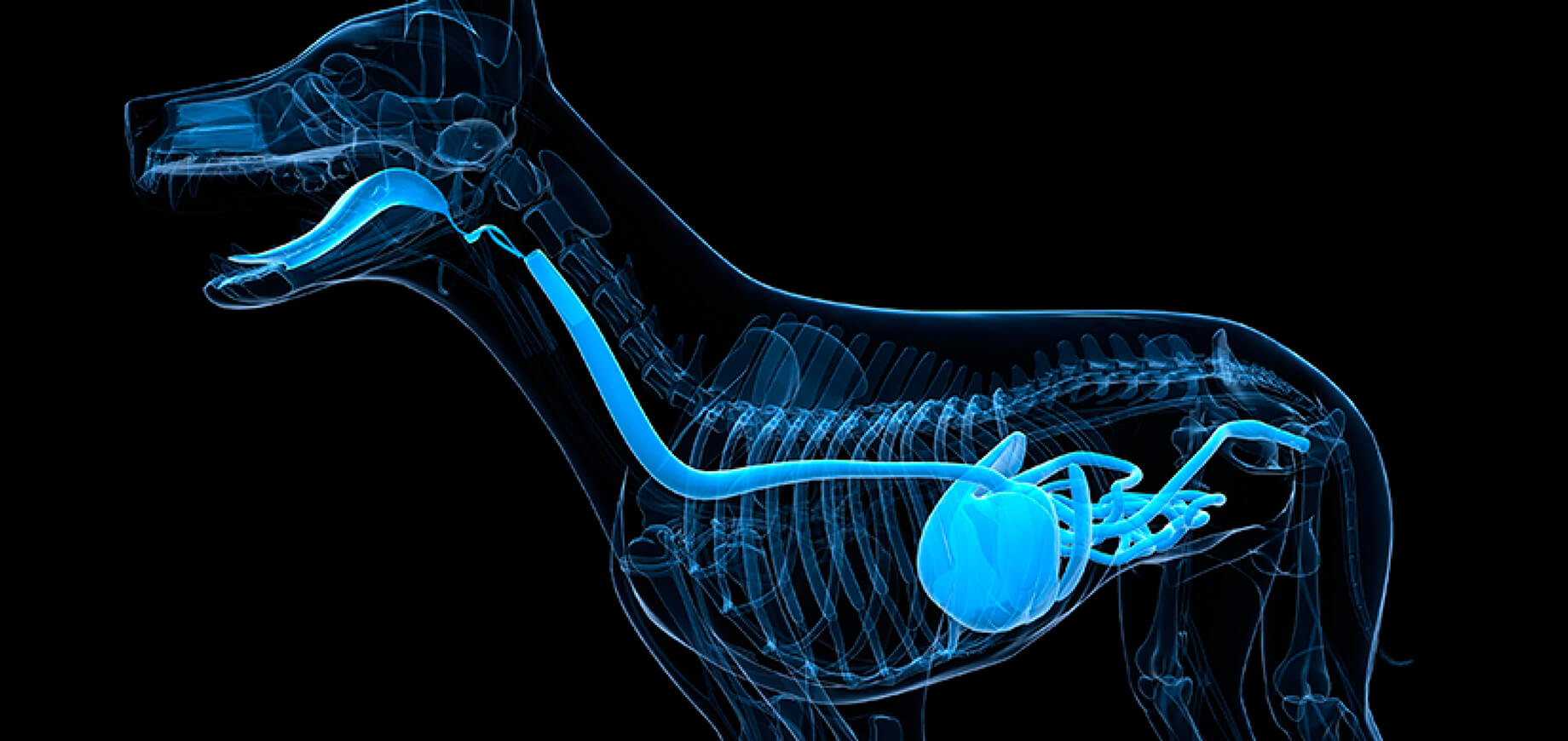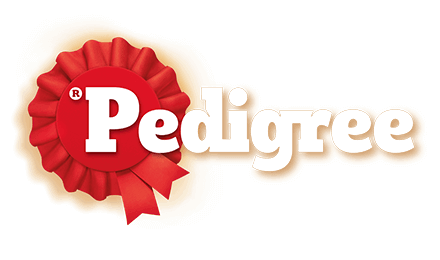Find products that match your dog’s needs

To determine whether your dog is overweight, stand over them, look down and check for a waist— there should be a visible indentation behind the ribs.
Obesity is the most common canine nutritional disease in this country, occurring in around 40% of dogs. While the many problems associated with weight gain are frightening, it's reassuring to know that by keeping your dog at a reasonable weight, you can reduce their chance of developing diabetes, heart disease, orthopaedic problems, and possibly even cancer.
To determine whether your dog is overweight, stand over them, look down and check for a waist— there should be a visible indentation behind the ribs. All dogs, regardless of breed should have a waist. Then give your pooch a hands-on test. Can you feel their ribs? They shouldn't be sticking out, but you should be able to find them through a layer of skin and muscle, and be able to easily count them. If all you feel is rolls of fat, it's time to begin a diet and exercise plan.
If you feed your dog a prepared pet food, the label on the package will provide a guideline as to how much to feed daily. These recommendations are a guideline only and you should make adjustments according to your dog's individual needs. Don't forget to take into account the calories in treats and other titbits they eat—these shouldn't make up more than 10% of a dog's daily calorie intake.
Try to exercise your dog as much as they are able. The more muscle they maintain, the more calories they'll burn and the less fat they'll carry. Not only that, but when you fill a dog's time with fun activities, they'll spend less time hanging around the food bowl. This increased activity won't just benefit your dog, it will benefit you too.
Finally, be sure to take your dog to your veterinarian for a check-up and expert advice. Your vet may give you guidelines on exercise that's appropriate for your dog's age and health as well as specific advice on how much they should be eating. Your vet can also check for, and treat, any weight-related problems.

Find PEDIGREE® dog food online at one of our retailers today!
Buy online
Click to buy from any of the retailers below


